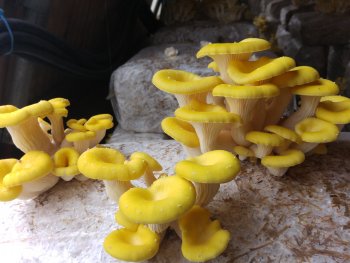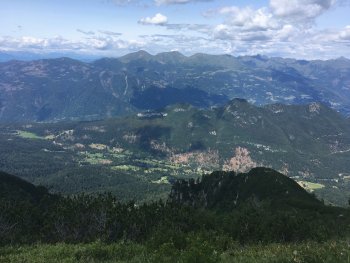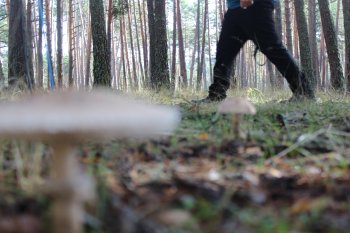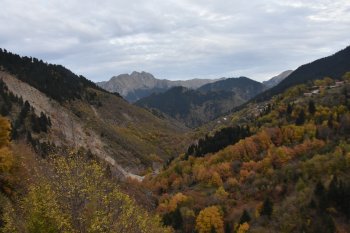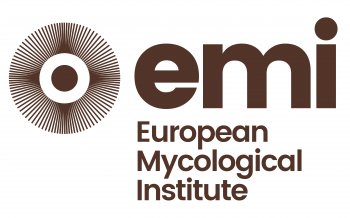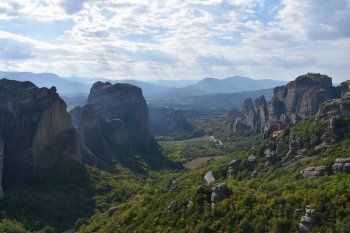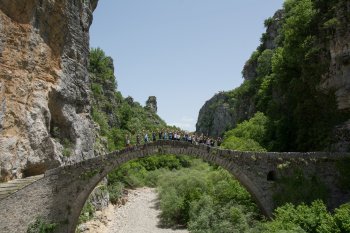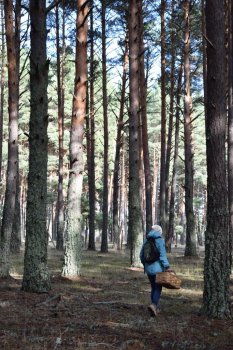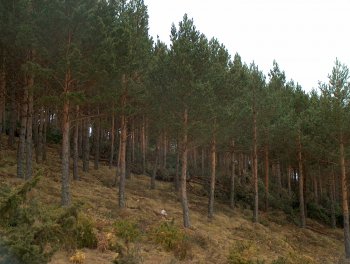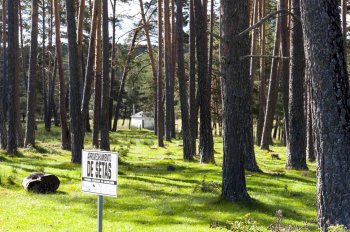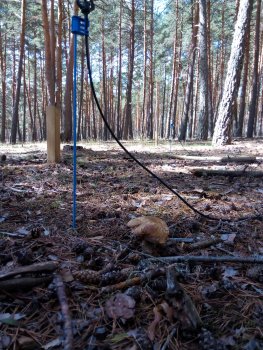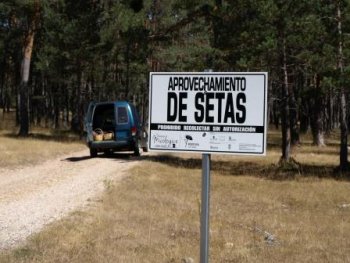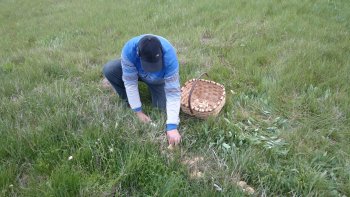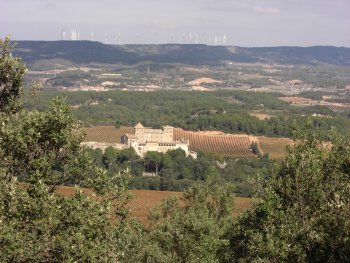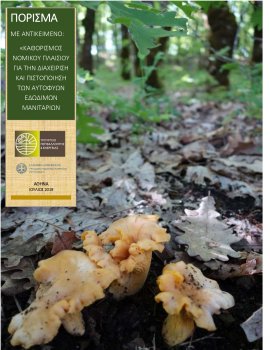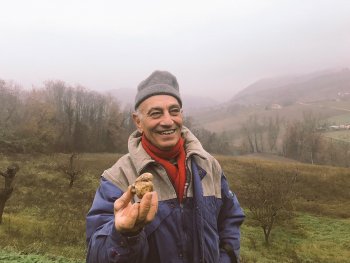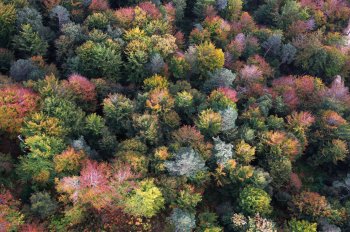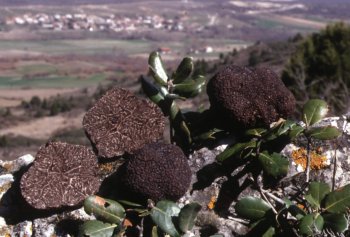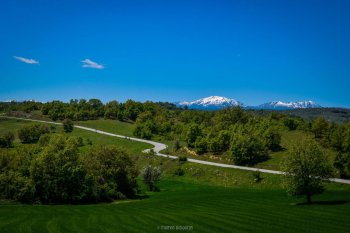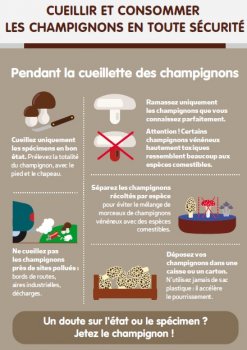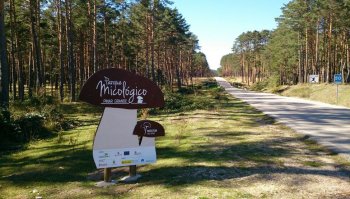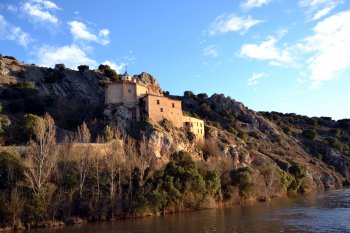A mushroom restaurant in a protected area in Greece
Submitted by Kalliopi Stara on 7 February 2020In 2005, Kanela & Garyfallo was founded in the village of Vitsa, in the mountainous region of Zagori in NW Greece, as a thematic restaurant specializing in edible mushrooms. Considering that Greece is a country where mushrooms are considered largely unsafe and / or unsavory, this was a bold move. The objective difficulties in turning this bold move to a success story were acknowledged from the start and the proprietor set out as his objective to educate the public and rely on the positive personal experience of his clients to overcome prejudice and recognize the value of an important...


